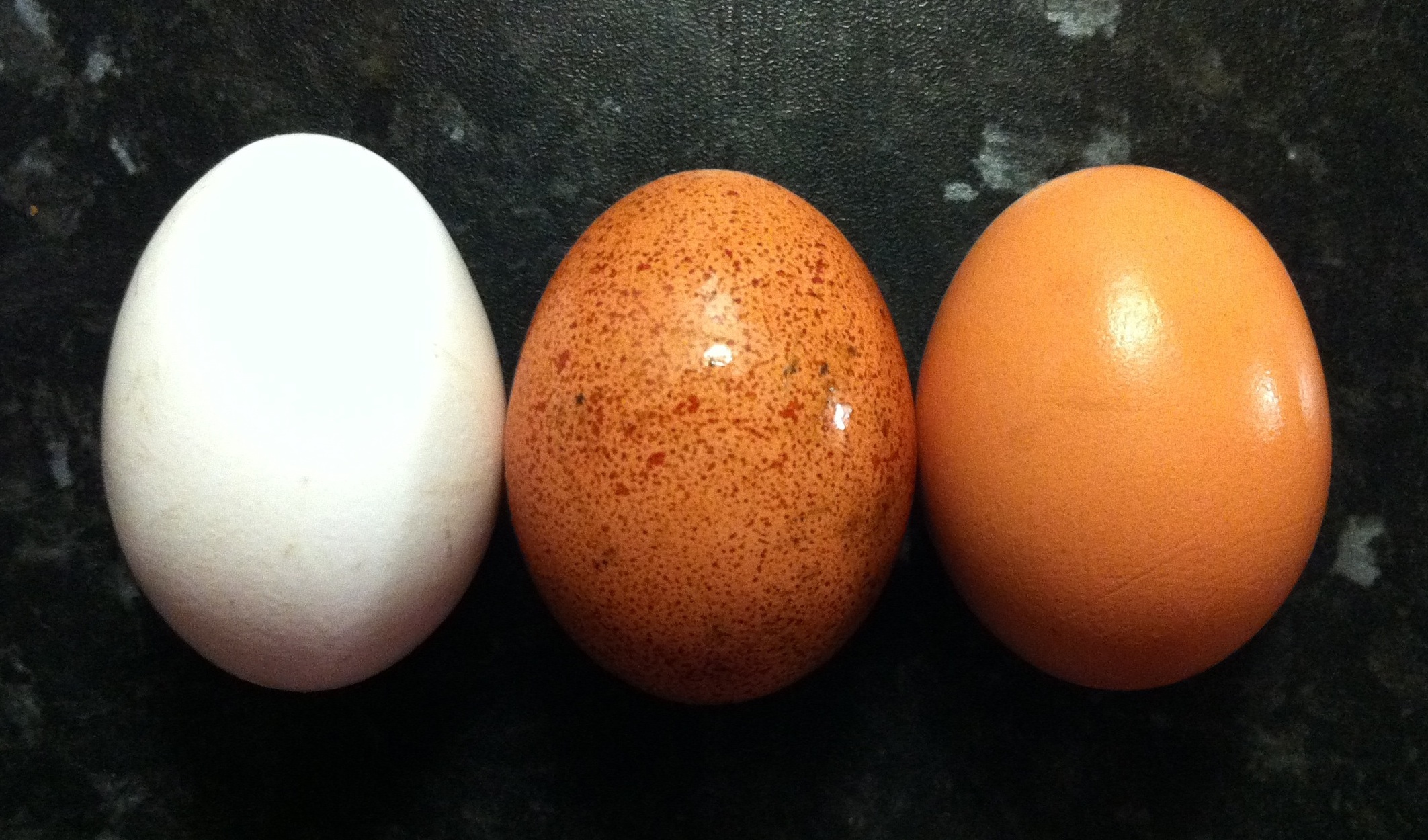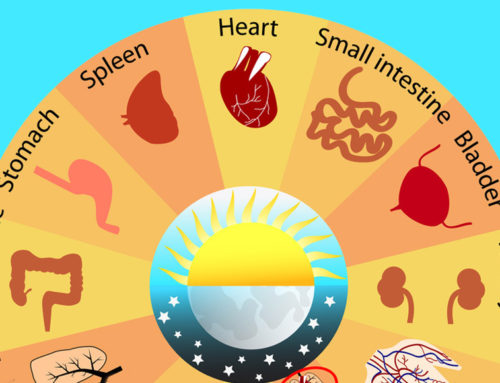In a great article by Dr. Mercola he discusses one of the perfect foods, eggs.
How Many Eggs Can You Safely Eat?
By Dr. Mercola
I have long stated that you can easily eat one dozen eggs per week. This is a simple and cost-effective way to add valuable nutrition to your diet, especially high-quality protein, healthy fats and antioxidants — provided you cook them properly and get them from a high-quality source.
Many people, unfortunately, have been scared away from this healthy food source because they contain cholesterol. But many of the healthiest foods happen to be rich in cholesterol (and saturated fats), and this isn’t a bad thing.
High-Egg Diet Has No Effect on Cholesterol Levels, Even for People With Type 2 Diabetes
A 2015 study published in The American Journal of Clinical Nutrition confirmed my sentiment that it’s safe to eat 12 eggs a week.1 They assigned overweight or obese individuals with type 2 diabetes or pre-diabetes to eat either a high-egg (12 eggs per week) or a low-egg (less than two eggs per week) diet.
Even though both groups ate the same amount of protein, the high-egg group reported less hunger and greater satiety after breakfast. Further, no negative effect on the participants’ lipid profile was noted.
“No between-group differences were shown for total cholesterol, low-density lipoprotein cholesterol, triglycerides, or glycemic control,” the researchers wrote, which shows fears that eating healthy high-cholesterol foods will lead to high cholesterol are unfounded.
As the Epoch Times reported, there were no differences between the two groups’ lipid profiles:2
“ … despite the fact that food-diary analysis showed those eating 12 eggs a week increased their total daily cholesterol intake by 281 milligrams, compared with a reduction of -36 milligrams cholesterol for those on the low-egg diet, giving an average difference between the two groups of 337 milligrams dietary cholesterol intake per day.”
Eating Cholesterol Doesn’t Make Your Cholesterol High
One egg yolk contains about 210 milligrams (mg) of cholesterol, which is why public health agencies have long suggested Americans limit their intake. In other countries like the U.K., there is no suggested limit on egg consumption.
However, even in the U.S. it’s becoming common knowledge that dietary cholesterol from natural sources poses no threat to your health (and may actually be beneficial).
The newly released 2015 U.S. Dietary Guidelines have even removed the dietary cholesterol limit and added egg yolks to the list of suggested sources of protein.
The long-overdue change came at the advice of the Dietary Guidelines Advisory Committee (DGAC), which finally acknowledged what the science shows, which is that “cholesterol is not considered a nutrient of concern for overconsumption.”3
Indeed, past research found consumption of more than six eggs per week does not increase your risk of stroke and ischemic stroke.4
And a survey of South Carolina adults found no correlation of blood cholesterol levels with so-called “bad” dietary habits, such as consumption of red meat, animal fats, butter, eggs, whole milk, bacon, sausage and cheese.5
Dr. Luc Djoussé, an associate professor at Harvard Medical School and Brigham and Women’s Hospital, who has conducted research on heart disease and eggs, further told Time, “Dietary cholesterol does not translate into high levels of blood cholesterol.”6
Did You Know Eggs Are a Good Source of Vitamins and Antioxidants?
Unfounded cholesterol worries have overshadowed the fact that eggs are an abundant source of antioxidants and vitamins that many Americans are lacking. For instance, an estimated 90 percent of the U.S. population may be deficient in choline.7
Some of the symptoms associated with low levels include memory problems, lethargy and persistent brain fog. One egg yolk contains nearly 215 mg of choline, a B vitamin known for its role in brain development and memory.
Lutein and zeaxanthin, carotenoid antioxidants that are important for vision health, are also found in eggs as are the amino acids tryptophan and tyrosine, which have potent antioxidant properties to help prevent cardiovascular disease and cancer.
According to Chris Masterjohn, who received his Ph.D. in nutritional sciences from the University of Connecticut, eating eggs, and particularly the yolks, may even be an ideal way to resolve common nutrient deficiencies, including vitamins A, E and B6, copper, calcium and folate.8
So when eating eggs you can do so not only safely but strategically as a way to significantly boost your nutrient intake.
Egg Labels May Not Mean What You Think They Do
It’s important to choose eggs from a high-quality source. Free-range or “pastured” organic eggs are far superior when it comes to nutrient content while conventionally raised eggs are far more likely to be contaminated with disease-causing bacteria such as salmonella.
An egg is considered organic if the chicken was fed only organic food, which means it will not have accumulated high levels of pesticides from the grains (mostly genetically modified (GM) corn) fed to typical chickens.
This is a start, but the organic label on eggs is not an indication that the hens have been humanely or sustainably raised. Ideally, you want eggs from chickens that have access to the outdoors where they can consume their natural diet and lead more natural, happier lives.
Yet, even “cage-free” on a label still does not mean the chickens were raised under ideal conditions. They’re not raised in cages, but they may not have access to the outdoors.
So there are still significant differences even between “cage-free” and “free range” (or “pastured”) eggs. With so many loopholes and lack of transparency, it can be very confusing to sort through it all.
The Cornucopia Institute’s Egg Scorecard
The Cornucopia Institute addressed these issues in a recent egg report. According to Mark Kastel, co-founder of the Cornucopia Institute, there’s a factory farm takeover of the egg industry underway, with large CAFOs [concentrated animal feeding operations] now controlling 80 percent of the organic egg market. He continued:
“It’s obvious that a high percentage of the organic eggs on the market are illegal and should, at best, be labeled ‘produced with organic feed,’ rather than bearing the USDA-certified organic logo.”
The Cornucopia Institute’s report and scorecard, which took six years to produce, ranks 136 egg producers according to 28 organic criteria to help you find truly healthy, humanely raised eggs.9 According to the Cornucopia Institute:
“‘Scrambled Eggs: Separating Factory Farm Egg Production from Authentic Organic Agriculture will empower consumers and wholesale buyers who want to invest their food dollars to protect hard-working family farmers that are in danger of being forced off the land by a landslide of eggs from factory farms …
[As] consumers have become concerned about the humane treatment of animals, and are also seeking out eggs that are superior in flavor and nutrition, a number of national marketers have found success in distributing ‘pasture’-produced eggs.
‘There is a fair bit of overreach and the exploitation of this term is well covered in our report,’ Kastel explained. ‘The organic egg scorecard enables concerned consumers to select authentic brands delivering the very best quality eggs regardless of the hyperbole on the label’ …”
Should you find the organic egg brand you’ve been buying is a sham and feel betrayed, take action by putting the pressure on USDA Secretary Tom Vilsack to replace the current management at The National Organic Program. You can do so by signing the Cornucopia Institute’s proxy letter.
What’s the Safest Way to Eat Your Eggs?
Health agencies warn consumers not to eat undercooked eggs, which could contain pathogenic bacteria like salmonella. This is primarily an issue with CAFO eggs (and chicken).
For example, tests done in England found that more than 23 percent of farms with caged hens tested positive for salmonella, compared to just 4.4 percent in organic flocks, and 6.5 percent in free-range flocks. The highest prevalence of salmonella occurred in facilities holding 30,000 birds or more.
From a health perspective, and assuming you’re getting your eggs from a small farm that’s raising its hens according to the laws of nature, the best way to eat your eggs is raw or very lightly cooked, such as poached, soft-boiled, or over-easy with very runny yolks.
Two raw egg yolks have antioxidant properties equivalent to half a serving of cranberries (25 grams) and almost twice as many as an apple. But the antioxidant properties are reduced by about 50 percent when the eggs are fried or boiled, and reduced even more if they’re microwaved.10
Additionally, the cholesterol in the yolk can be oxidized with high temperatures, especially when it is in contact with the iron present in the whites and cooked, as in scrambled eggs, and such oxidation contributes to chronic inflammation in your body. For this reason, scrambled eggs are one of the worst ways to prepare eggs if you want them to be healthy.
Egg Facts You Need to Know
Did you know you can tell if your eggs are free range or pastured by the color of the egg yolk? Foraged hens produce eggs with bright orange yolks. Dull, pale yellow yolks are a sure sign you’re getting eggs form caged hens that are not allowed to forage for their natural diet. The key to finding truly free-range, pastured eggs is to buy your eggs locally.
This is typically preferable to organic eggs from the grocery store. If you live in an urban area, visiting the local health food stores is typically the quickest route to finding high-quality local egg sources. For more egg facts, from nutrition to how to tell if your eggs are fresh, check out the infographic below.
Sources and References
The American Journal of Clinical Nutrition April 2015
1 The American Journal of Clinical Nutrition April 2015
3 2015 DGAC Meeting December 15, 2014
4 HealthCorrelator.blogspot.com August 20, 2012
5 Journal of Nutrition Nov 1990, 120:11S:1433-1436
7 Food Navigator October 17, 2014
8 Cholesterol-and-health.com July 2005
9 Cornucopia Institute, Scrambled Eggs Report Card, December 15, 2015
10 Food Chemistry Volume 129, Issue 1, 1 November 2011, Pages 155–161
Image credits: By “TheCozyCoffee”






Leave A Comment